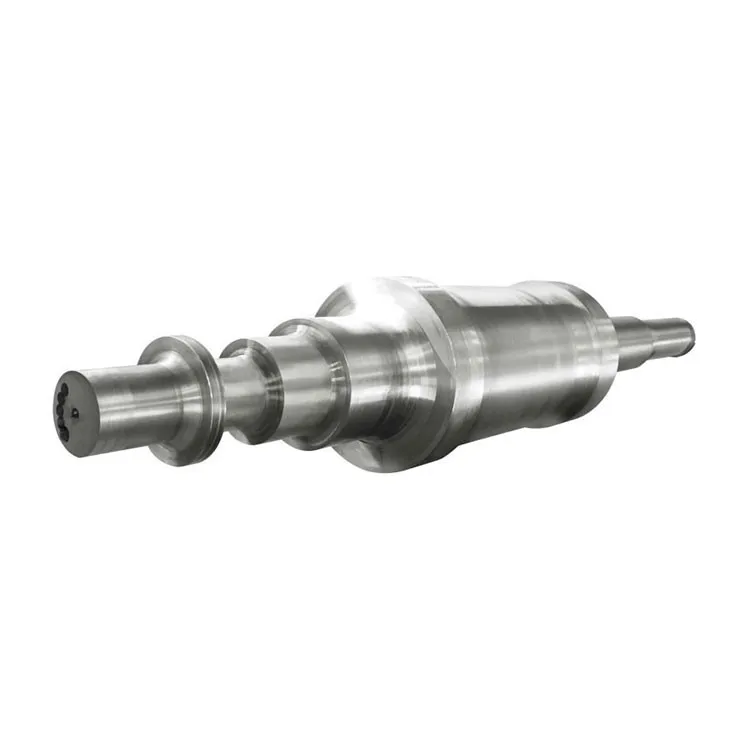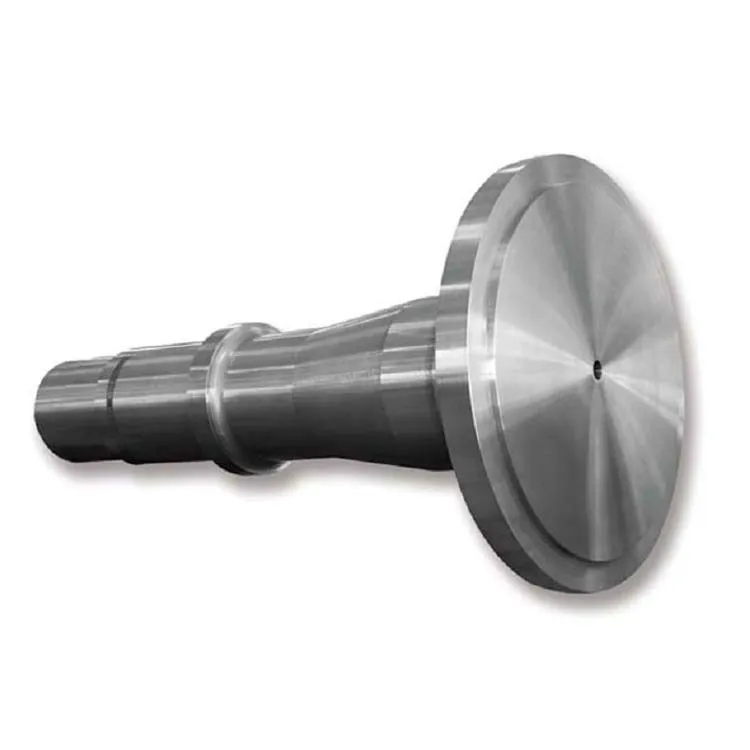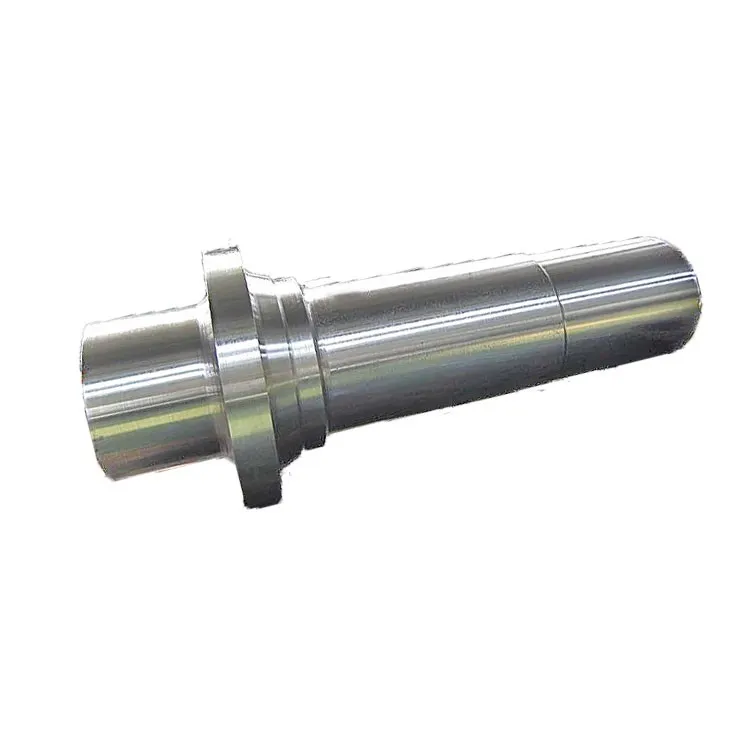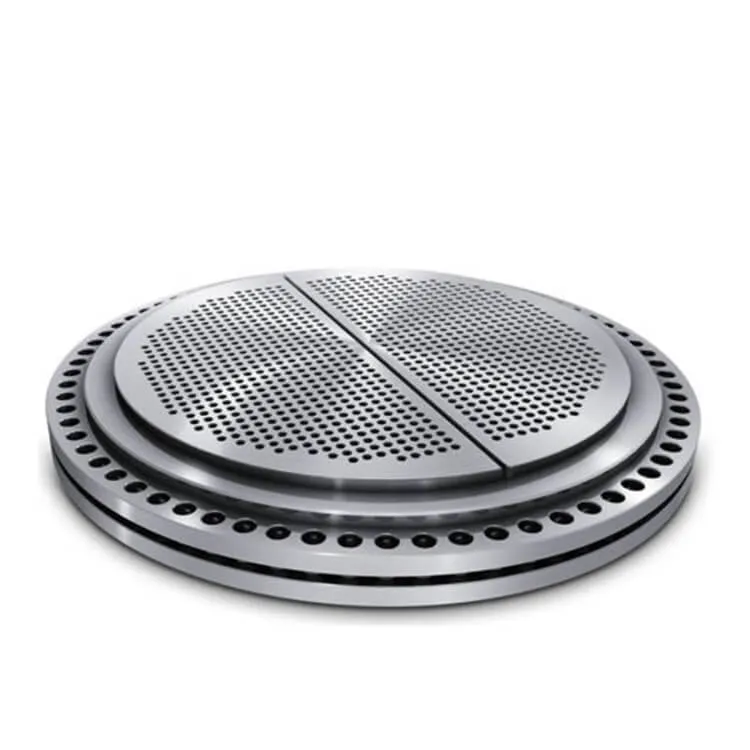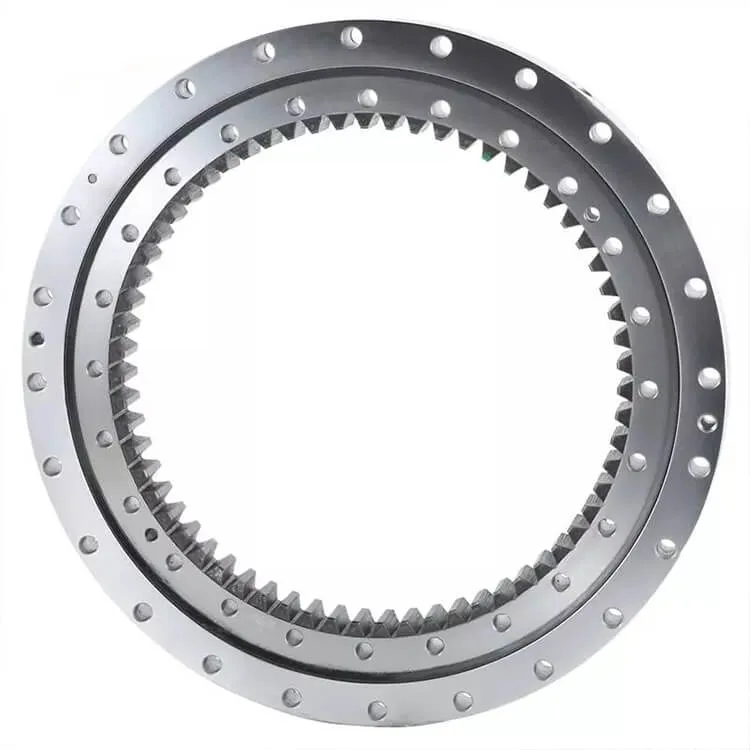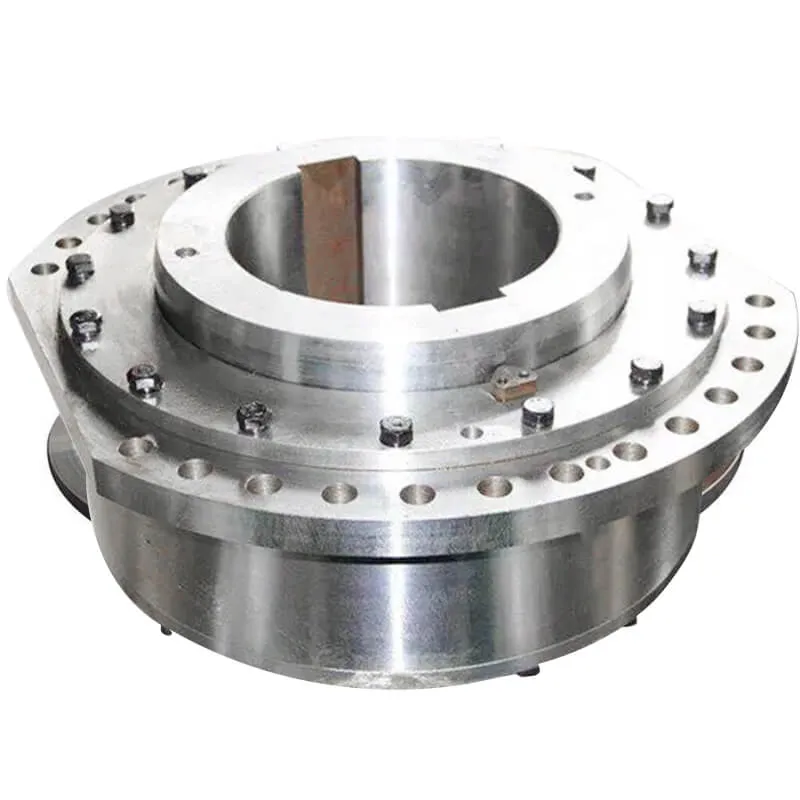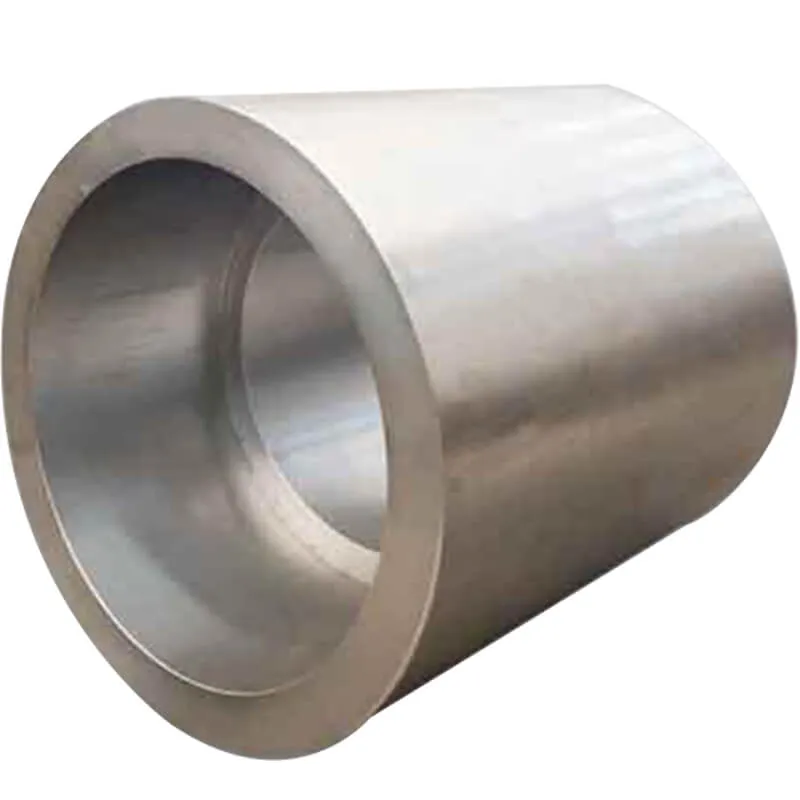- Welcome to Hunan Shiney Steel Co., Ltd.

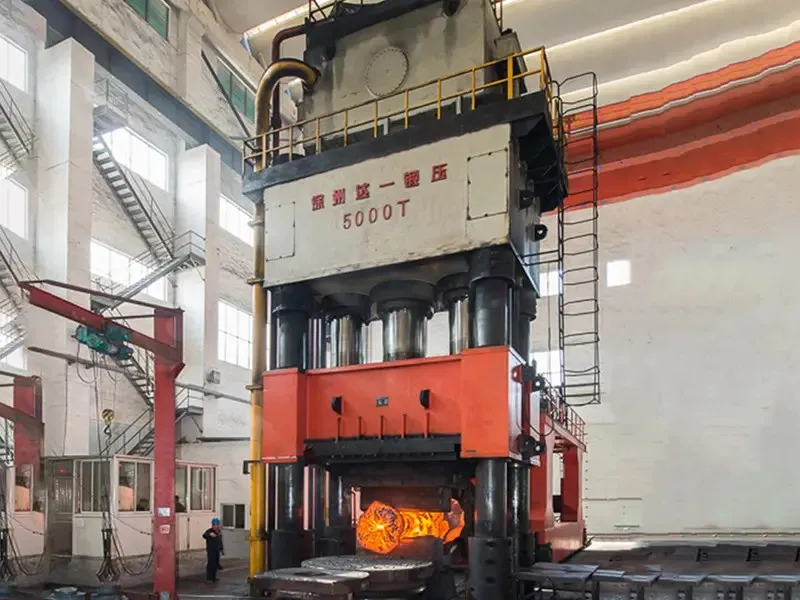
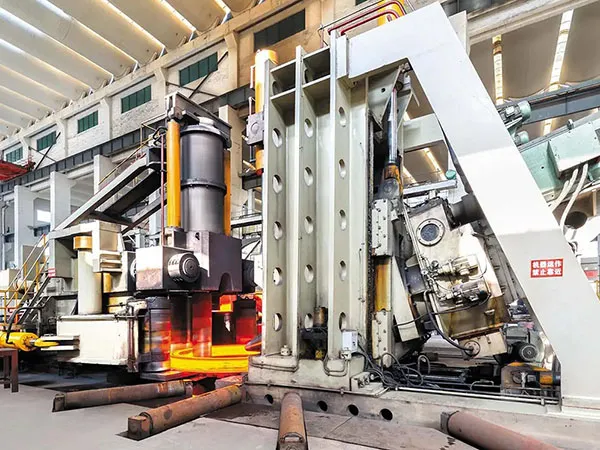
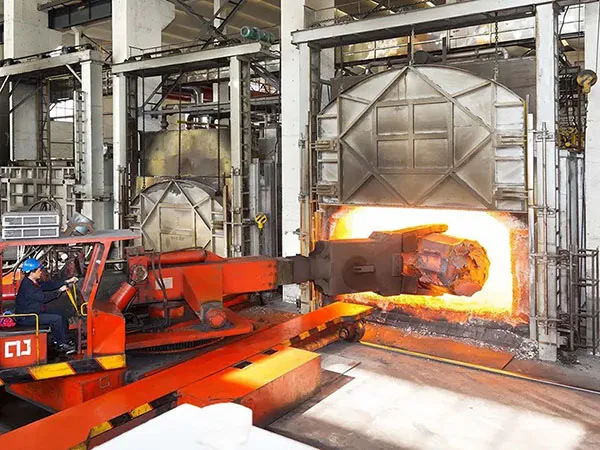
Commonly known as closed die forging, the impression die forging process uses dies that fully enclose the base material, making it easier to shape the material into the desired form. Unlike other forging methods, impression die forging requires higher compressive forces to ensure the die cavities are completely filled, resulting in the formation of the full part.
Impression Die Forging Advantages
Also known as hammersmith forging, open die forging shapes parts by applying direct force. A hammer strikes the workpiece, which is held in place by two flat dies. The process is called open die forging because the dies do not fully enclose the workpiece. In this method, the dies function more as tools rather than enclosed molds, allowing the metal to be deformed into the desired shape.
Open die forging can produce forgings from a few pounds up to more than 150 tons and is ideal for parts weighing over 200,000 lbs. and 80 feet long.
Open Die Forging Advantages
Seamless rolled ring forging typically begins by punching a hole in a thick, round piece of metal, which is then rolled and squeezed into a thin ring shape. This process is ideal for producing ring diameters ranging from just a few inches to 30 feet. Unlike other forging methods, rolled ring forging uses curved dies instead of flat dies, allowing for the creation of ring-shaped components with precision and efficiency.
Seamless Rolled Ring Forging Advantages
As a custom forge manufacturer, we have established strong, long-term relationships with leading material suppliers in China. Our metallurgists and forging engineers collaborate closely with you to select the ideal materials for your forged parts, regardless of the application.
Furthermore, we frequently work alongside customers and material suppliers to tailor material grades that meet specific performance, quality, and cost requirements. Whether you need to match the material of an existing component or are developing a new product for your industry, we have the expertise to forge components from a wide variety of materials.
Materials that we that we forge include:
|
Materials For Forging Parts |
|||||
|
Learn about the essential materials for forging parts, chosen for their strength, durability, and suitability for various industrial applications. |
|||||
|
Stainless Steel |
303 Stainless Steel |
304 Stainless Steel |
316 Stainless Steel |
410 Stainless Steel |
420 Stainless Steel |
|
430 Stainless Steel |
434 Stainless Steel |
17-4 PH Stainless Steel |
15-5 PH Stainless Steel |
13-8PH Stainless Steel |
|
|
2205 Duplex Steel |
S31803 Duplex Steel |
S32750 Duplex Steel |
S32760 Duplex Steel |
|
|
|
Alloy Steel |
4130 Alloy Steel |
4140 Alloy Steel |
4340 Alloy Steel |
8620 Alloy Steel |
9310 Alloy Steel |
|
6150 Alloy Steel |
9260 Alloy Steel |
300M Alloy Steel |
AISI 4145 Alloy Steel |
SCM440 Alloy Steel |
|
|
Carbon Steel |
AISI 1018 |
AISI 1020 |
AISI 1045 |
AISI 1050 |
AISI 1060 |
|
AISI 1075 |
AISI 1080 |
AISI 1095 |
A36 Carbon Steel |
|
|
|
Tool Steel |
W1 Tool Steel |
O1 Tool Steel |
A2 Tool Steel |
D2 Tool Steel |
H13 Tool Steel |
|
H11 Tool Steel |
M2 Tool Steel |
M42 Tool Steel |
S7 Tool Steel |
P20 Tool Steel |
|
|
Nickel Alloy |
Inconel 625 |
Inconel 718 |
Hastelloy B-2 |
Hastelloy C-276 |
Monel 400 |
|
Monel K-500 |
Inconel 716 |
Incoloy 800 |
Incoloy 825 |
Nimonic 80A |
|
|
Nickel 200 |
Nickel 201 |
Incoloy 925 |
|
|
|
|
Superalloy |
Haynes 188 Superalloy |
A-286 Superalloy |
Nitronic 50 Superalloy |
|
|
